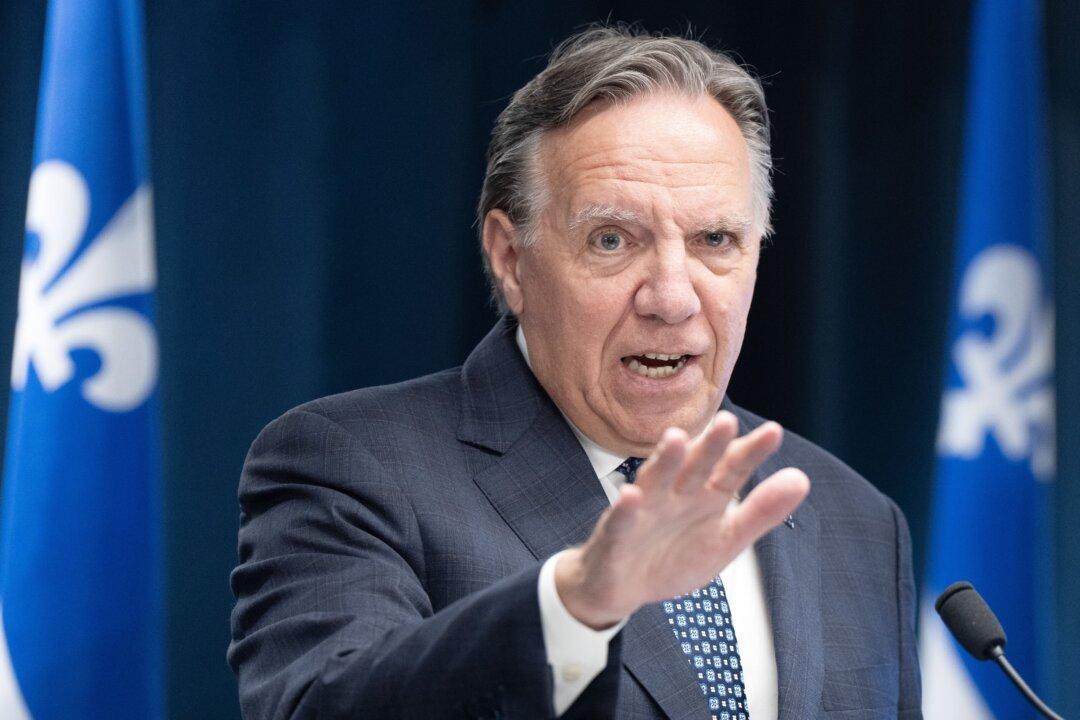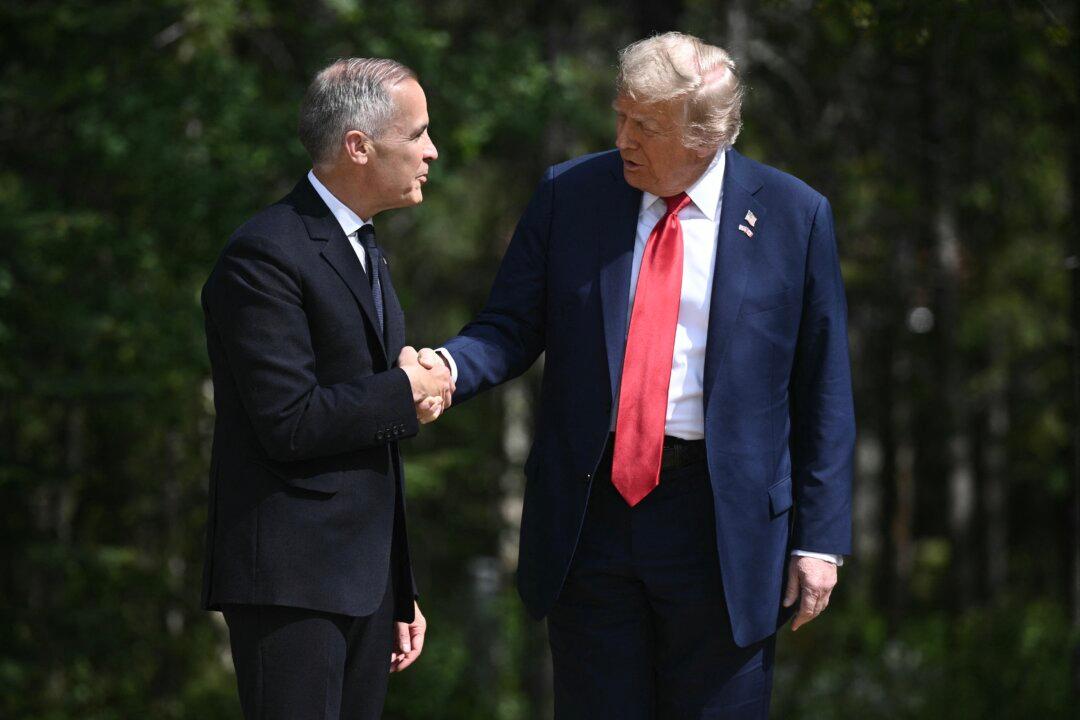As several provinces struggle to contain out-of-control wildfires, federal officials warned on June 5 that Canada will likely see an “especially severe” wildfire season.
“Our modelling shows that this may be an especially severe wildfire season throughout the summer,” Prime Minister Justin Trudeau said at a press conference in Ottawa.





